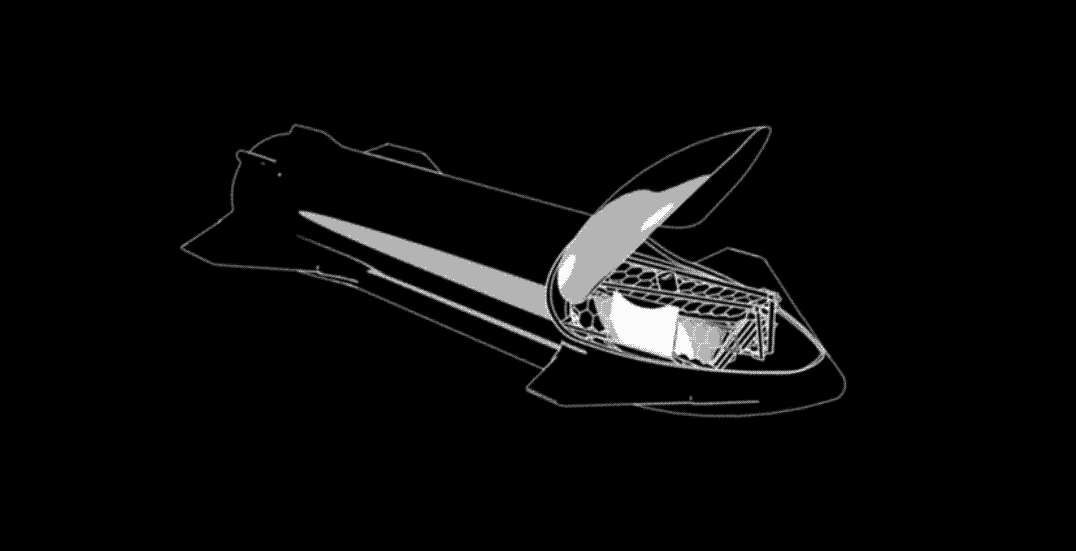
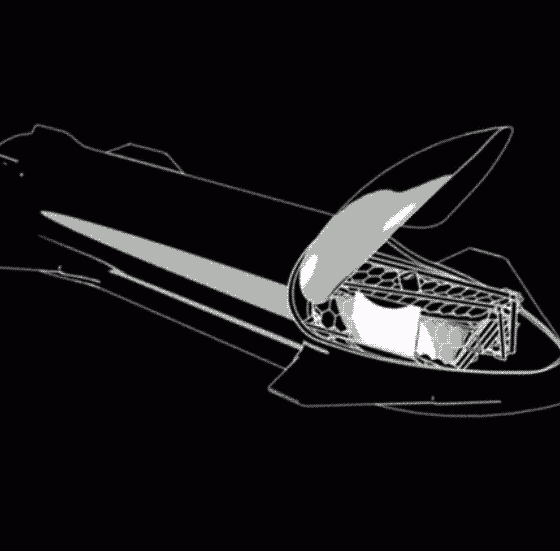
News
SpaceX president teases Starship’s game-changing Starlink launch capabilities
SpaceX President and COO Gwynne Shotwell teased new information detailing the wealth of benefits that the next-generation Starship launch vehicle could bring for the deployment of the company’s Starlink internet satellite constellation.
Speaking at the Baron 2019 Investment Conference on October 25th, the SpaceX executive touched on a broad range of topics according to CNBC reporter Michael Sheetz. Baron did webcast most of the conference’s main events, of which all but Shotwell’s have been archived, but it looks like CNBC may have been the only media outlet given access in an official capacity.
Regardless, based on their reporting on Shotwell’s dialogue with Baron Funds CEO/CIO Ron Baron, the SpaceX executive was unprecedentedly candid and was more than happy to voice direct criticism of competitors like OneWeb, ULA, and Blue Origin.
Beyond Shotwell’s clear confidence that Starlink’s satellite technology is far beyond OneWeb and years ahead of Amazon’s Project Kuiper clone, she also touched on yet another strength: SpaceX’s very own vertically-integrated launch systems. OneWeb plans to launch the vast majority of its Phase 1 constellation on Arianespace’s commercial Soyuz rockets, with the launch contract alone expected to cost more than $1B for ~700 satellites.
SpaceX, on the other hand, owns, builds, and operates its own rocket factory and high-performance orbital launch vehicles and is the only company on Earth to have successfully fielded reusable rockets. In short, although Starlink’s voracious need for launch capacity will undoubtedly require some major direct investments, a large portion of SpaceX’s Starlink launch costs can be perceived as little more than the cost of propellant, work-hours, and recovery fleet operations. Boosters (and hopefully fairings) can be reused ad nauseum and so long as SpaceX sticks to its promise to put customer missions first, the practical opportunity cost of each Starlink launch should be close to zero.
In a perfect scenario, the only material cost of Starlink launches should be the satellites themselves and each expendable Falcon upper stage, which SpaceX has no plans to recover. Speaking prior to Starlink’s 60-satellite “v0.9” launch debut, SpaceX CEO Elon Musk stated that each prototype spacecraft ended up costing more to launch than to build, despite the fact that their first launch flew on a twice-flown Falcon 9 booster.
In fewer words, Musk thus implied that each Starlink satellite likely already costs significantly less than $500,000 even before SpaceX has begun to reap the full benefits of economies of scale. In fact, based on official 2016 figures that estimated the cost of each BFR booster/ship at less than $4M and Musk’s estimate that Starship could cut Starlink launch costs by a factor of 5, the cost of Starlink v0.9 production could have actually been as low as ~$350,000 apiece, with launch costs on the order of ~$20M.
Speaking a little over five months after Musk, Shotwell revealed that a single Starship-Super Heavy launch should be able to place at least 400 Starlink satellites in orbit – a combined payload mass of ~120 metric tons (265,000 lb). Even if the cost of a Starship launch remained identical to Starlink v0.9’s flight-proven Falcon 9, packing almost seven times as many Starlink satellites would singlehandedly cut the relative cost of launch per satellite by more than the 5X figure Musk noted.
In light of this new figure of 400 satellites per individual Starship launch, it’s far easier to understand why SpaceX took the otherwise ludicrous step of reserving space for tens of thousands more Starlink satellites. Even if SpaceX arrives at a worst-case-scenario and is only able to launch Starship-Super Heavy once every 4-8 weeks for the first several years, that could translate to 2400-4800 Starlink satellites placed in orbit every year. Given that 120 tons to LEO is well within Starship’s theoretical capabilities without orbital refueling, it’s entirely possible that Starship could surpass Falcon 9’s Starlink mass-to-orbit almost immediately after it completes its first orbital launch and recovery: a single Starship launch would be equivalent to almost 7 Falcon 9 missions.
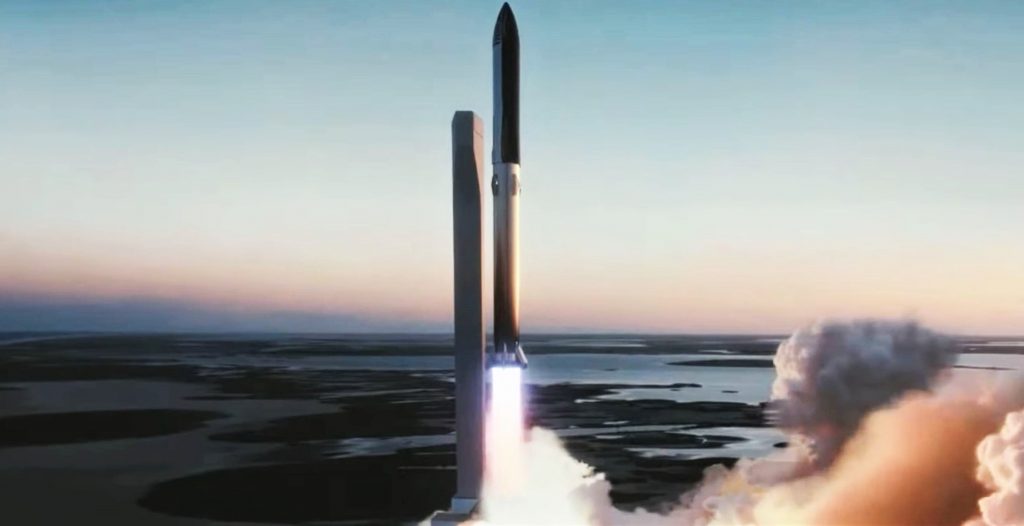
Check out Teslarati’s Marketplace! We offer Tesla accessories, including for the Tesla Cybertruck and Tesla Model 3.

News
Tesla (TSLA) receives “Buy” rating and $551 PT from Canaccord Genuity
He also maintained a “Buy” rating for TSLA stock over the company’s improving long-term outlook, which is driven by autonomy and robotics.
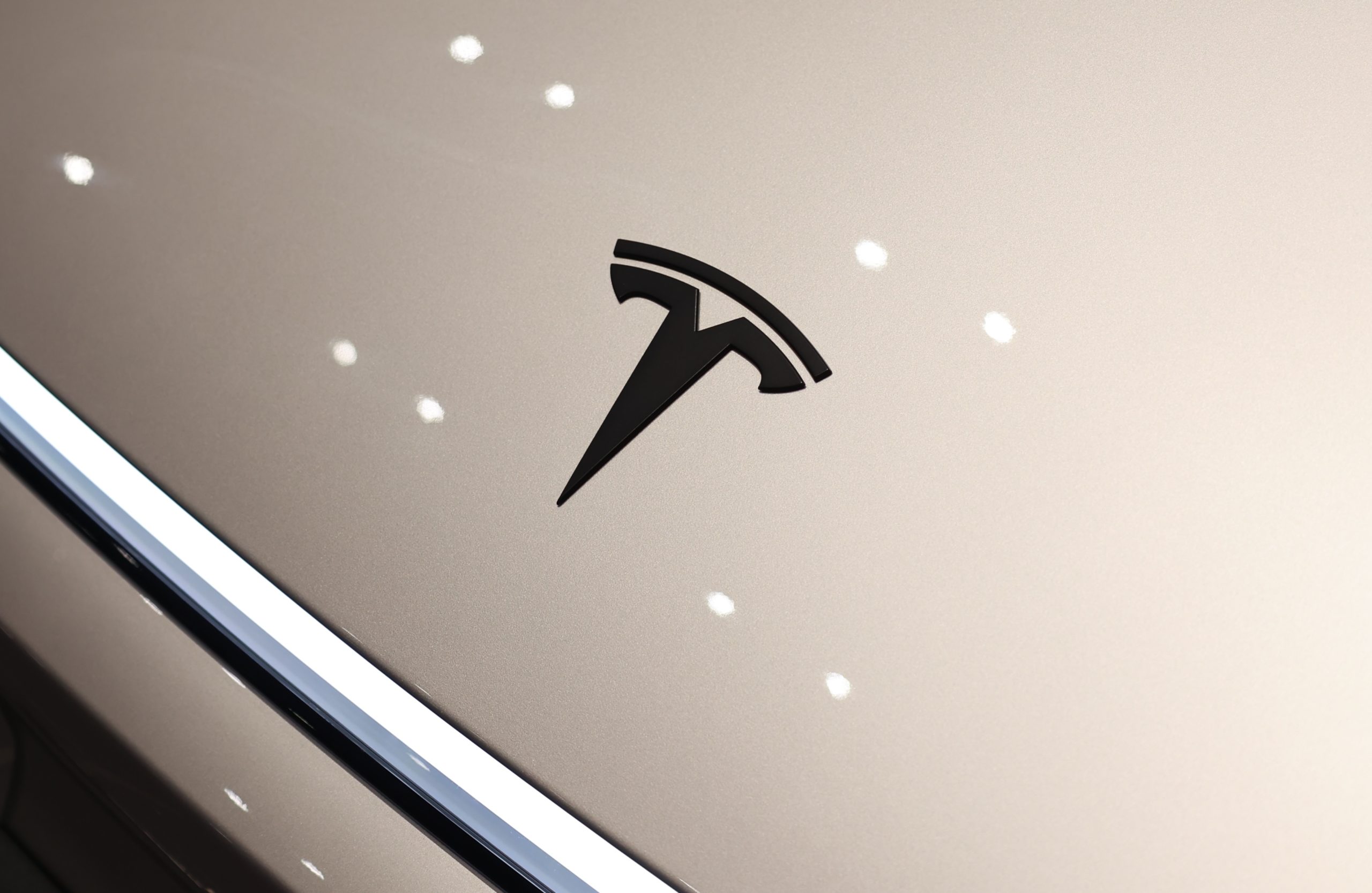
Canaccord Genuity analyst George Gianarikas raised his Tesla (NASDAQ:TSLA) price target from $482 to $551. He also maintained a “Buy” rating for TSLA stock over the company’s improving long-term outlook, which is driven by autonomy and robotics.
The analyst’s updated note
Gianarikas lowered his 4Q25 delivery estimates but pointed to several positive factors in the Tesla story. He noted that EV adoption in emerging markets is gaining pace, and progress in FSD and the Robotaxi rollout in 2026 represent major upside drivers. Further progress in the Optimus program next year could also add more momentum for the electric vehicle maker.
“Overall, yes, 4Q25 delivery expectations are being revised lower. However, the reset in the US EV market is laying the groundwork for a more durable and attractive long-term demand environment.
“At the same time, EV penetration in emerging markets is accelerating, reinforcing Tesla’s potential multi‑year growth runway beyond the US. Global progress in FSD and the anticipated rollout of a larger robotaxi fleet in 2026 are increasingly important components of the Tesla equity story and could provide sentiment tailwinds,” the analyst wrote.
Tesla’s busy 2026
The upcoming year would be a busy one for Tesla, considering the company’s plans and targets. The autonomous two-seat Cybercab has been confirmed to start production sometime in Q2 2026, as per Elon Musk during the 2025 Annual Shareholder Meeting.
Apart from this, Tesla is also expected to unveil the next-generation Roadster on April 1, 2026. Tesla is also expected to start high-volume production of the Tesla Semi in Nevada next year.
Apart from vehicle launches, Tesla has expressed its intentions to significantly ramp the rollout of FSD to several regions worldwide, such as Europe. Plans are also underway to launch more Robotaxi networks in several more key areas across the United States.
News
Waymo sues Santa Monica over order to halt overnight charging sessions
In its complaint, Waymo argued that its self-driving cars’ operations do not constitute a public nuisance, and compliance with the city’s order would cause the company irreparable harm.
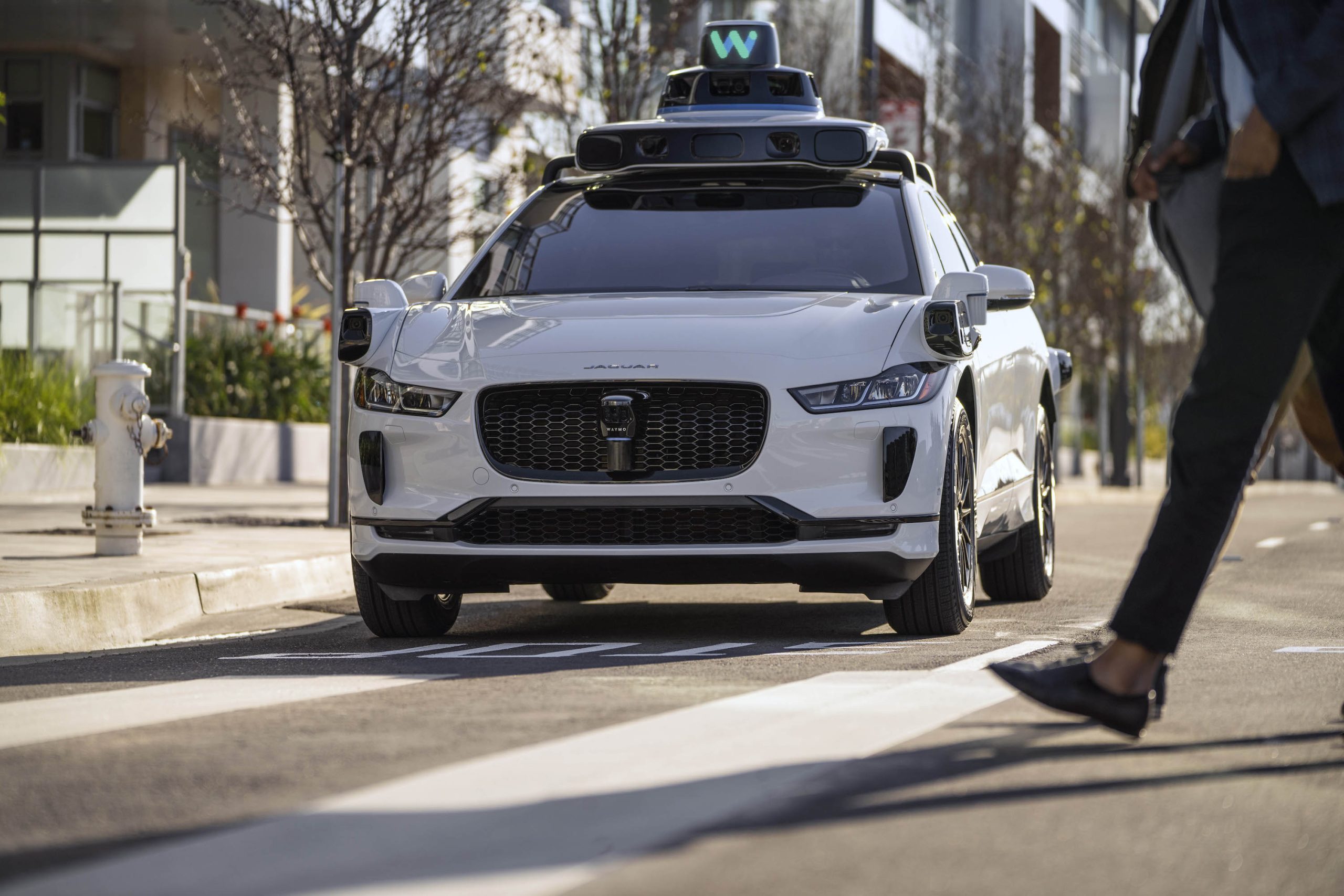
Waymo has filed a lawsuit against the City of Santa Monica in Los Angeles County Superior Court, seeking to block an order that requires the company to cease overnight charging at two facilities.
In its complaint, Waymo argued that its self-driving cars’ operations do not constitute a public nuisance, and compliance with the city’s order would cause the company irreparable harm.
Nuisance claims
As noted in a report from the Los Angeles Times, Waymo’s two charging sites at Euclid Street and Broadway have operated for about a year, supporting the company’s growing fleet with round-the-clock activity. Unfortunately, this has also resulted in residents in the area reportedly being unable to sleep due to incessant beeping from self-driving taxis that are moving in and out of the charging stations around the clock.
Frustrated residents have protested against the Waymos by blocking the vehicles’ paths, placing cones, and “stacking” cars to create backups. This has also resulted in multiple calls to the police.
Last month, the city issued an order to Waymo and its charging partner, Voltera, to cease overnight operations at the charging locations, stating that the self-driving vehicles’ activities at night were a public nuisance. A December 15 meeting yielded no agreement on mitigations like software rerouting. Waymo proposed changes, but the city reportedly insisted that nothing would satisfy the irate residents.
“We are disappointed that the City has chosen an adversarial path over a collaborative one. The City’s position has been to insist that no actions taken or proposed by Waymo would satisfy the complaining neighbors and therefore must be deemed insufficient,” a Waymo spokesperson stated.
Waymo pushes back
In its legal complaint, Waymo stated that its “activities at the Broadway Facilities do not constitute a public nuisance.” The company also noted that it “faces imminent and irreparable harm to its operations, employees, and customers” from the city’s order. The suit also stated that the city was fully aware that the Voltera charging sites would be operating around the clock to support Waymo’s self-driving taxis.
The company highlighted over one million trips in Santa Monica since launch, with more than 50,000 rides starting or ending there in November alone. Waymo also criticized the city for adopting a contentious strategy against businesses.
“The City of Santa Monica’s recent actions are inconsistent with its stated goal of attracting investment. At a time when the City faces a serious fiscal crisis, officials are choosing to obstruct properly permitted investment rather than fostering a ‘ready for business’ environment,” Waymo stated.
News
Tesla FSD v14.2.2 is getting rave reviews from drivers
So far, early testers have reported buttery-smooth drives with confident performance, even at night or on twisty roads.
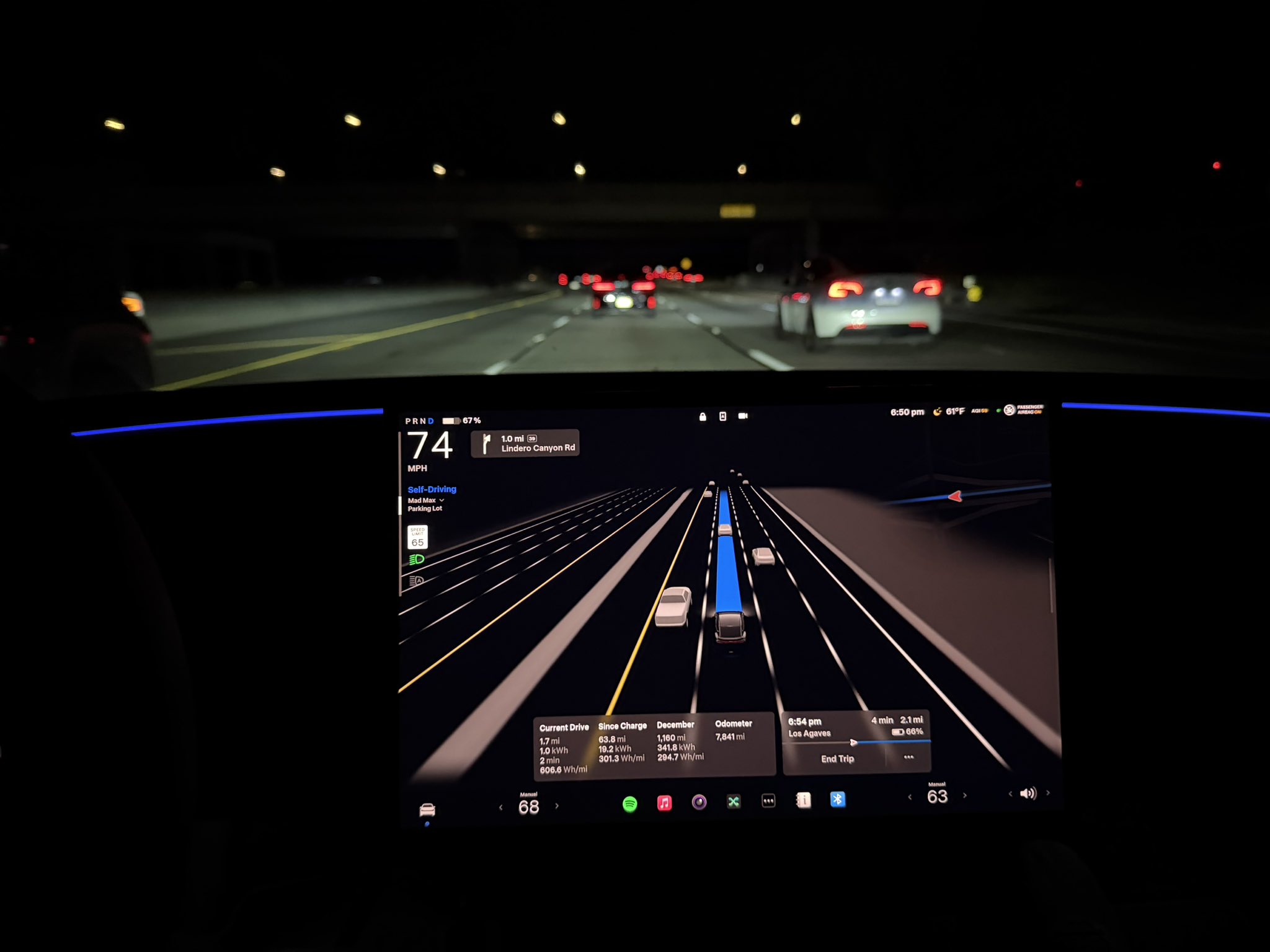
Tesla Full Self-Driving (Supervised) v14.2.2 is receiving positive reviews from owners, with several drivers praising the build’s lack of hesitation during lane changes and its smoother decision-making, among others.
The update, which started rolling out on Monday, also adds features like dynamic arrival pin adjustment. So far, early testers have reported buttery-smooth drives with confident performance, even at night or on twisty roads.
Owners highlight major improvements
Longtime Tesla owner and FSD user @BLKMDL3 shared a detailed 10-hour impression of FSD v14.2.2, noting that the system exhibited “zero lane change hesitation” and “extremely refined” lane choices. He praised Mad Max mode’s performance, stellar parking in locations including ticket dispensers, and impressive canyon runs even in dark conditions.
Fellow FSD user Dan Burkland reported an hour of FSD v14.2.2’s nighttime driving with “zero hesitations” and “buttery smooth” confidence reminiscent of Robotaxi rides in areas such as Austin, Texas. Veteran FSD user Whole Mars Catalog also demonstrated voice navigation via Grok, while Tesla owner Devin Olsen completed a nearly two-hour drive with FSD v14.2.2 in heavy traffic and rain with strong performance.
Closer to unsupervised
FSD has been receiving rave reviews, even from Tesla’s competitors. Xpeng CEO He Xiaopeng, for one, offered fresh praise for FSD v14.2 after visiting Silicon Valley. Following extended test drives of Tesla vehicles running the latest FSD software, He stated that the system has made major strides, reinforcing his view that Tesla’s approach to autonomy is indeed the proper path towards autonomy.
According to He, Tesla’s FSD has evolved from a smooth Level 2 advanced driver assistance system into what he described as a “near-Level 4” experience in terms of capabilities. While acknowledging that areas of improvement are still present, the Xpeng CEO stated that FSD’s current iteration significantly surpasses last year’s capabilities. He also reiterated his belief that Tesla’s strategy of using the same autonomous software and hardware architecture across private vehicles and robotaxis is the right long-term approach, as it would allow users to bypass intermediate autonomy stages and move closer to Level 4 functionality.








